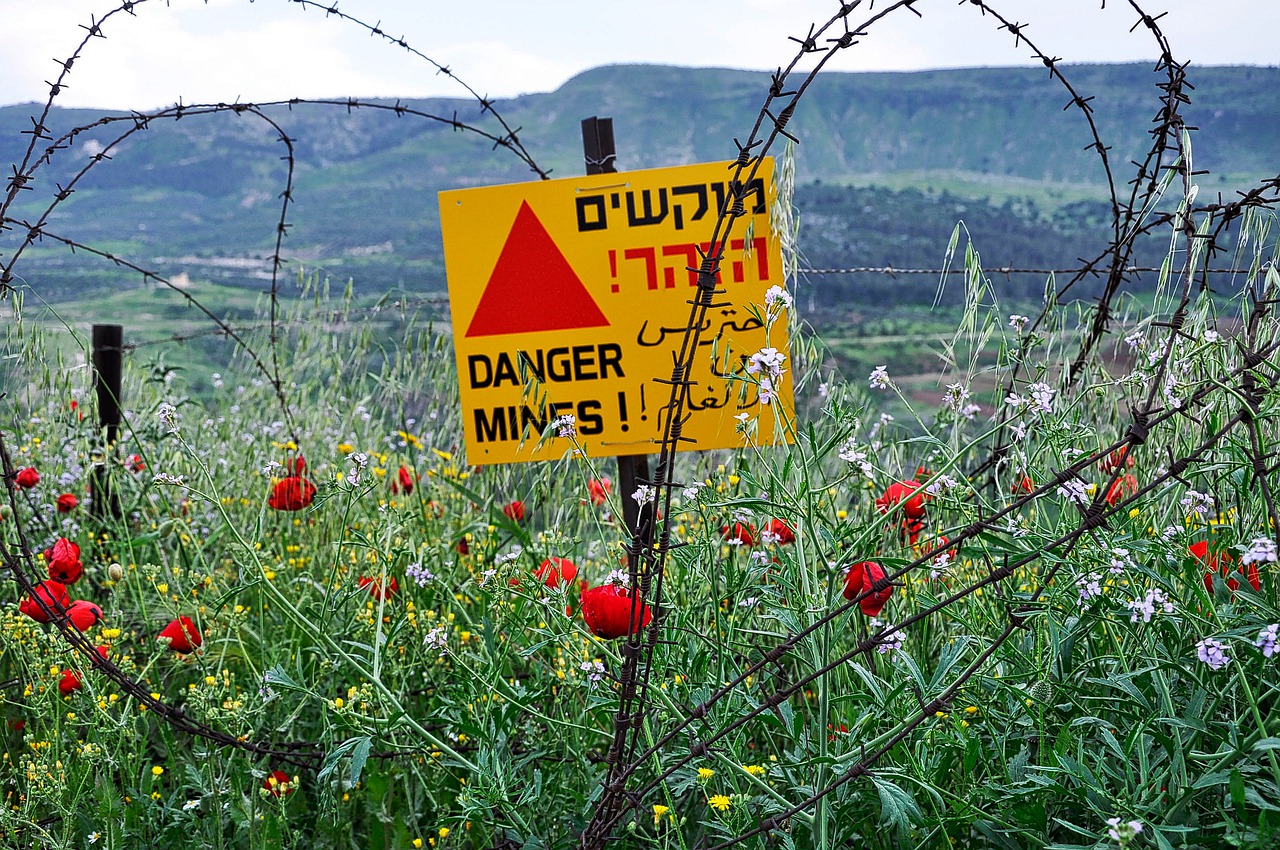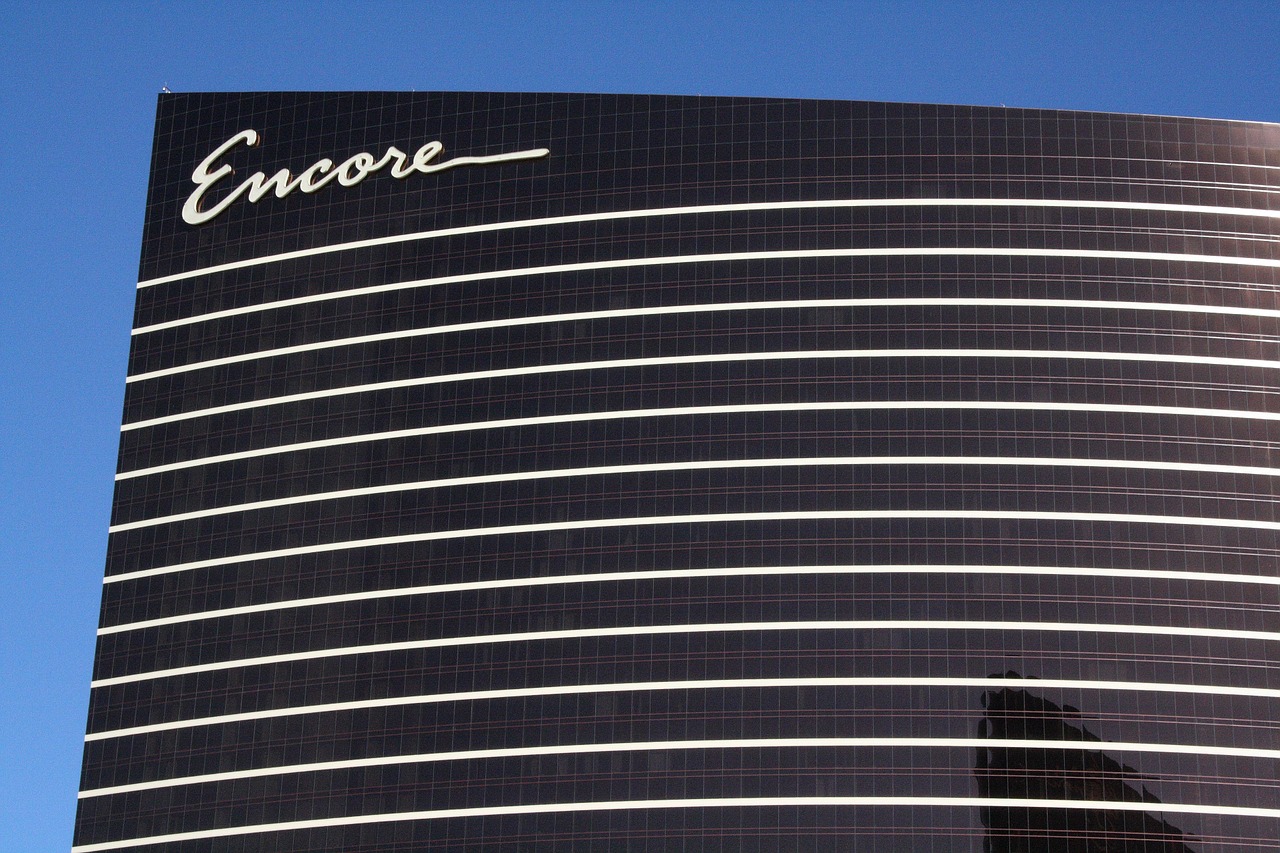
Everyone has a different vision of what residency should be when they start. And some discover that residency is nothing as expected. Perhaps, you thought that you would get more lectures, but you are not receiving enough. Or, maybe you thought you would receive more thorough assessments by the faculty every week, but no one is checking up on you. Every residency has its sore points. But let’s say you could construct a radiology residency from scratch; what are some of the most critical elements you would like to fix? From an associate program director’s perspective, here are some essential items for a radiology residency makeover from the beginning!
Filling Out Evaluations- Seriously
In many residencies, evaluations get placed on the back-burner because attendings are busy and barely have time to do their work. But, what if faculty took these assessments seriously and took the time to give you real constructive criticism? I mean the type of analysis that would help fix your dictations or make you better at performing procedures. That takes a bit of time. But, receiving constructive criticism such as this would be well worth the price.
Formalized Guideposts For Applicants
Yes, most residencies claim to use milestones to ensure that residents are well on their way toward becoming independent radiologists. However, it’s more of a checkbox that most residencies place in residents’ portfolios to document progress. However, wouldn’t it be nice to have a radiology residency makeover so that you have specific achievable requirements to meet the goals and expectations of the program. I am talking about the type of thing such as the ability to read x numbers of chest films in a day by year two or having a formal standardized assessment for performing paracenteses that everyone needs to complete before allowing residents to do them independently. These guideposts are helpful and will enable you to know where you are at any given moment!
Lectures- Quality And Quantity
Some residencies promise lectures to all residents but do not deliver. Lecturers regularly cancel noon conferences due to other work obligations that they need to meet. Other residences give talks, but they are not of sufficient quality for residents to learn the material. Wouldn’t it be nice to have a residency that consistently provides the material you need to know with excellent lectures? And, lecturers that cancel permanently have a backup on deck—furthermore, all lessons are of homogeneously excellent quality.
A Radiology Residency Makeover So That All Faculty Care About Resident Welfare
Every program has some knowledgeable faculty. Nevertheless, it is another thing to care about resident well-being. Wouldn’t it be nice to have all faculty on board looking out for residents’ self-interest? It only takes a few caring attendings to help their residents along so that they can achieve great things. Whether it is helping pass the boards or having an interested soul to talk to, caring faculty can make all the difference in the residency experience.
Residents Running The Show
In the end, we need to be able to train residents to work competently and independently. On the other hand, some residencies don’t give the residents enough independence on all the rotations to truly get the experience they need to take charge of their service. Maybe they have needy patients that want attendings performing all the procedures. Or the faculty does all the work. Perhaps, an attending on-call overreads all your dictations. Wouldn’t it be nice if you could show that you could run the rotation at some point during your four years?
Residency Makeover: What Can Make A Truly Excellent Program!
As an associate program director, taking evaluations seriously, formalized guideposts, quality lectures, caring faculty, and allowing residents to take charge are some features that can transform a mediocre program into an excellent one. If you are lucky, your program follows these descriptions to a tee. But, life is not perfect, and neither are residency programs nor their faculty. Nevertheless, now you know, in an ideal world, this is probably your residency director’s dream!









